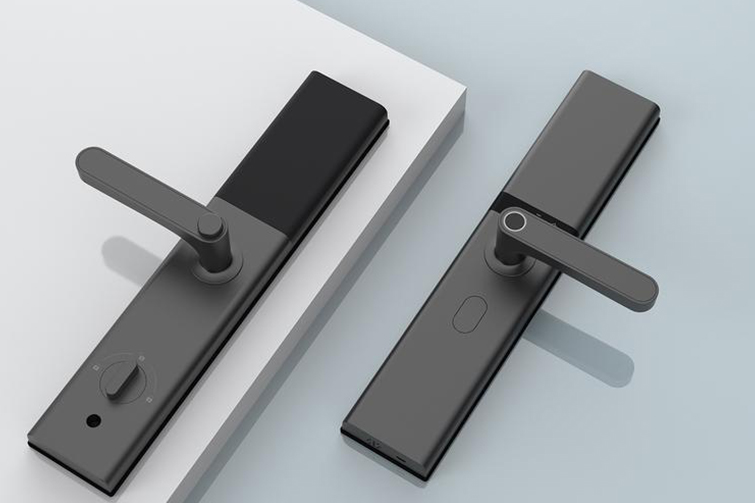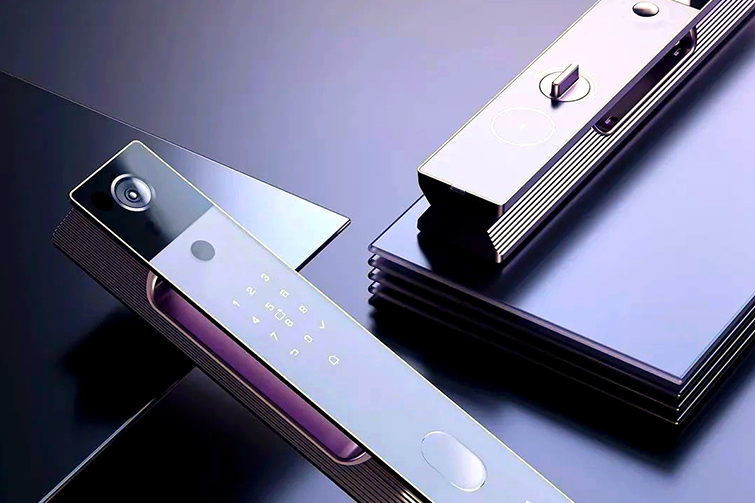

Unlocking Security: A Guide to the Best Materials for Mechanical Locks
When it comes to securing your home or business, the humble mechanical lock is your first line of defense. While features like anti-pick pins and complex keyways are crucial, the very material the lock is made from determines its fundamental strength and durability. Choosing the right material can be the difference between a lock that withstands an attack and one that fails in seconds.
So, what is the best material for a mechanical lock? The short answer is that there isn't a single "best" material, but rather a hierarchy of quality suited for different security levels. Let's break down the most common options.
1. Brass: The Reliable Standard
Brass is the most traditional and widely used material for lock cylinders (the part where you insert the key).
- Pros: It's a soft metal that is self-lubricating, which means it causes less wear on the key and provides smooth operation over time. It's also highly resistant to corrosion, making it excellent for both indoor and outdoor use.
- Cons: Its relative softness is also its weakness. A determined attack with force can break or drill through brass more easily than harder metals.
- Best For: General residential use where high-impact attacks are less likely. It offers a great balance of performance, corrosion resistance, and cost.
2. Steel: The Hardened Guardian
For the ultimate in physical strength, steel is the superior choice, particularly for the lock's external components like the shackle (on padlocks) or the bolt/housing.
- Pros: Steel is extremely hard and resistant to cutting, drilling, prying, and impact. High-security locks often feature hardened steel, which has been treated to become even tougher.
- Cons: It is prone to rust if not properly coated (e.g., with chrome, nickel, or a polymer). Pure steel is also not ideal for the intricate internal components of the cylinder, as it can cause excessive key wear.
- Best For: The shackles of high-security padlocks, the bolts and bodies of deadbolts, and the reinforcement plates (strike plates) in door frames.
3. Zinc Alloy (Zamak): The Budget Compromise
Zinc alloy, often sold under the brand name Zamak, is a common material for lower-cost lock bodies and knobs.
- Pros: It is very inexpensive to cast into complex shapes, making it a cost-effective solution for mass-produced locks.
- Cons: It is a brittle material with low tensile strength. It can easily shatter under a sharp impact or heavy blow.
- Best For: Low-security applications, such as interior door handles or in low-crime areas where cost is the primary concern. It is not recommended for primary external security.
4. Aluminum: The Lightweight Contender
Aluminum is sometimes used for lock bodies and knobs, primarily for its aesthetic appeal and lightweight properties.
- Pros: It is very lightweight and highly resistant to corrosion. It can be anodized to create various colors and a hard, durable surface finish.
- Cons: While stronger than zinc, it is not as strong as steel or bronze. It can be vulnerable to forceful attacks.
- Best For: Decorative hardware where appearance is a priority, often used in modern or architectural designs for interior doors or in mild climates.
5. Bronze: The Classic Heavy-Duty Performer
Bronze is a premium, copper-based alloy known for its classic look and excellent durability.
- Pros: It is stronger than brass and offers superb corrosion resistance, even in harsh marine environments. It develops a distinctive patina over time, which many find appealing.
- Cons: It is one of the most expensive options.
- Best For: High-end residential and commercial applications, historic restorations, and coastal properties where both security and aesthetics are important.
The Winning Combination: A Multi-Material Approach
The most secure locks don't rely on a single material. They intelligently combine them to maximize strengths and mitigate weaknesses. A high-security lock will typically feature:
- A Brass or Nickel-Silver Cylinder: For smooth, corrosion-resistant key operation.
- Hardened Steel Shackle and Bolts: To resist cutting, prying, and drilling.
- A Reinforced Steel or Solid Brass Body: To house the internal mechanism securely.
Conclusion: How to Choose
When selecting a mechanical lock, look beyond the brand name and consider its material construction:
- For Maximum Security: Prioritize locks with a hardened steel shackle (for padlocks) or bolt (for deadbolts) and a reinforced steel body. The cylinder should be made of solid brass or a similar high-quality, corrosion-resistant alloy.
- For General Home Use: A solid brass lock provides an excellent balance of security, durability, and weather resistance for most exterior doors.
- On a Tight Budget: If you must choose a zinc alloy lock, ensure it is for a low-risk application and is backed by a reliable brand's warranty.
Remember, a lock is only as strong as its weakest component. Investing in a lock made from the right materials is a fundamental step in building a secure and protected environment.





